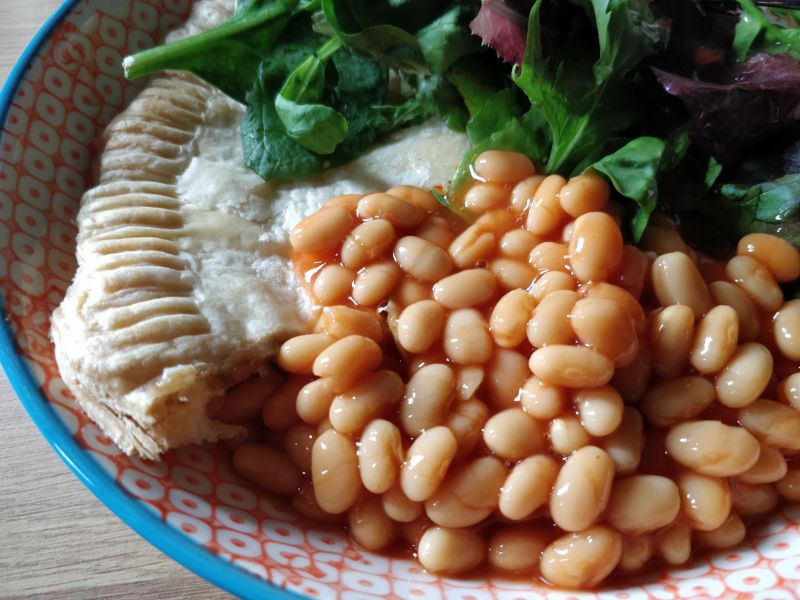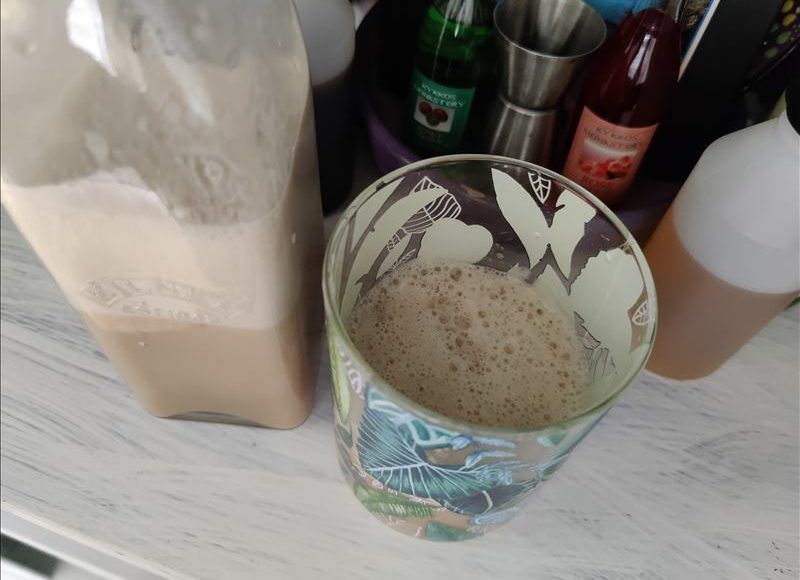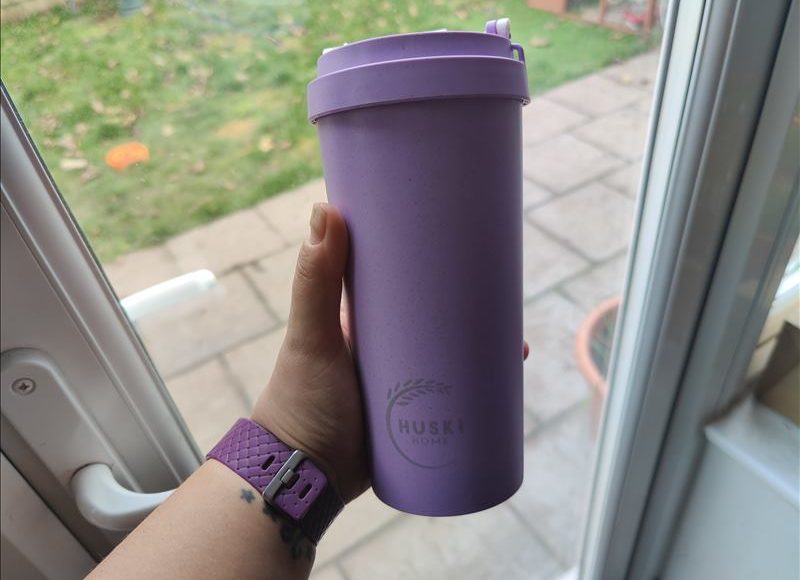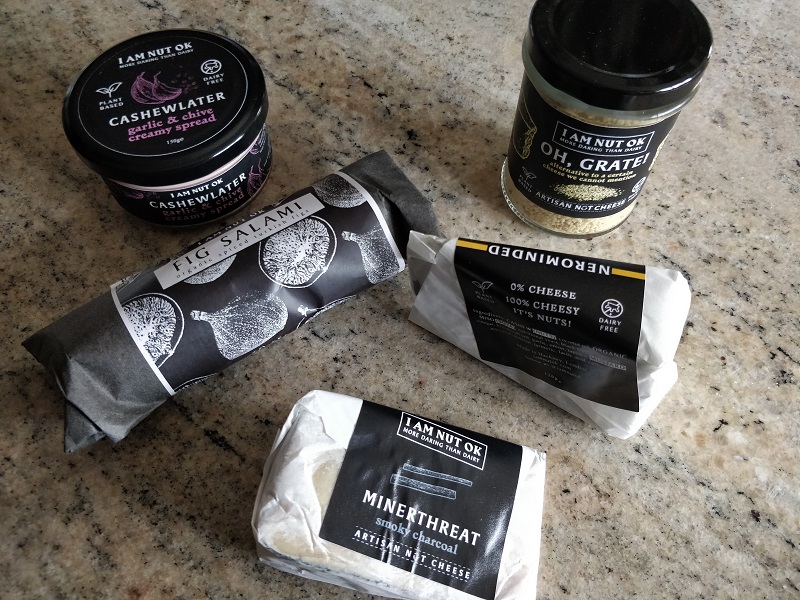5 Must-Try Meat Free Middle Eastern Dishes
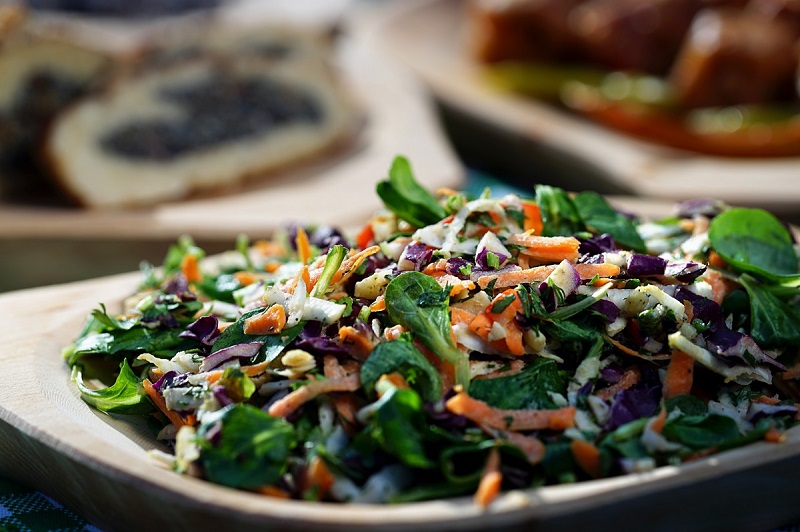
The United Arab Emirates has been described as a paradise for food lovers, with multicultural and variety of cuisines from different parts of the world served in some of the best restaurants. Emirati cuisine staples include meat, seafood, grains, dairy, vegetables and fruit such as mangos, lemons and dates along with herbs and spices such as saffron, cardamom, turmeric, and thyme. With the introduction of new cultures, other foods such as pasta and rice have been incorporated.
Whether you are looking to find some Abu Dhabi restaurants or to try preparing these dishes yourself, trying some of the traditional dishes such as Maq’louba, Margooga, Harees, Machbous, Frsee’ah, Fireed, Jisheid, and Mishwy is a must!
If, like me, you don’t eat meat you might think there won’t be many dishes available for you to try, however, I have discovered there are a number of Emirati dishes which are vegetarian! Here are 5 to whet your appetite!
Manakish
Manakish is a popular Levantine food. It is a flatbread topped with a variety of ingredients and is cooked in a huge oven – like a pizza! It is served sliced or folded, and it can be enjoyed at breakfast or lunch. The most popular version of the Manakish features za’atar (ground dried thyme, oregano, marjoram), mixed with toasted sesame seeds, salt, and other spices. Another version includes 2 kinds of cheese: akkawi and kashkaval. You can also enjoy this flatbread with chilli, fermented yoghurt or spinach.
Fattoush
Another Levantine favourite is the Fattoush salad. Ingredients include diced fresh and bright lettuce, diced tomatoes, cucumbers, radishes, mint leaves, onion, garlic, lemon and olive oil topped with the iconic fried pita bread either whole or cut into squares. It can be accompanied by a dressing made of virgin olive oil, fresh lemon juice, garlic, mint, sumac and pomegranate molasses. In Arabic, “fattoush” is derived from “fatteh” which literally means “crumbs! The vegetables are cut into relatively large pieces and sumac is usually used to give fattoush its sour taste.
Kousa Mahshi
This dish originates from the region of the former Ottoman Empire and is made up of various types of squash or courgette which are stuffed with rice. This meat-free version is considered an “olive-oil dish” and is often eaten at room temperature or warm, whereas the version including meat is served hot as a main course. Kousa Mahshi is often accompanied by stuffed peppers. In the Levant, this dish is flavoured with mint and garlic. This dish is quite labour intensive, but in the end, you have a flavourful and satisfying meal!
Balaleet
A traditional dish popular in the Arab states of the Persian Gulf, Balaleet is a blend of sweet and salty elements. Balaleet is made of vermicelli sweetened with sugar, cardamom, rose water and saffron, and served with an overlying egg omelette. It can be served hot or cold and sometimes with sautéed onions or potatoes. It is particularly served during the Islamic holidays of Eid al-Fitr accompanied by with boiled garbanzo beans and black-eyed peas.
Fatteh
Fatteh is an Egyptian and Levantine dish consisting of pieces of fresh, toasted, grilled, or stale flatbread. Fetteh dishes include a wide variety of regional and local variations. In Egypt, it is prepared with garlic and vinegar flavoured meat soup and crispy flatbread served in a bowl with rice and a garlic tomato sauce. The Levantine version includes a stack of khubz bread, topped by strained yoghurt, steamed chickpeas and olive oil that are crushed and mixed together.
